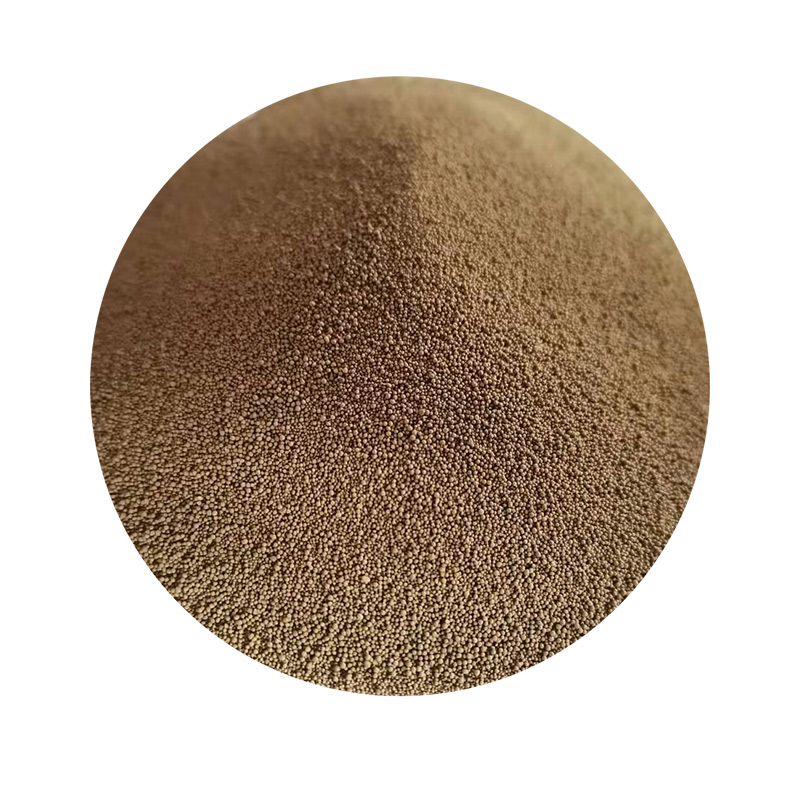Understanding the Role of Sand in Sand Casting
Sand casting, one of the oldest and most versatile metal casting techniques, is widely used in the manufacturing industry to create intricate metal parts. At the heart of this process lies sand, which not only serves as a mold material but also significantly influences the quality and characteristics of the final product. In this article, we will explore the types of sand used in sand casting, their properties, and their overall impact on the casting process.
Types of Sand Used in Sand Casting
The most common type of sand used in sand casting is silica sand, which is primarily composed of silicon dioxide (SiO2). Silica sand possesses excellent properties such as high melting point, good thermal conductivity, and the ability to hold shapes, making it ideal for sand molds. However, not all silica sand is created equal; its grain size, shape, and purity can affect the casting quality.
Another popular sand type is chromite sand, derived from the mineral chromite. This sand has a higher thermal stability than silica sand and is less prone to deform under high temperatures, making it ideal for casting high-temperature metals. Furthermore, chromite sand exhibits excellent resistance to thermal shock, which helps maintain the integrity of the mold during the casting process.
Clay is often added to the sand mixture to improve its cohesiveness and plasticity. Bentonite clay is the most commonly used type due to its ability to bind sand particles together. This addition enhances the mold's strength, making it more durable and capable of withstanding the rigors of pouring molten metal.
Properties of Foundry Sand
The properties of foundry sand significantly affect the sand casting process. Grain size and shape are crucial; round sand grains tend to flow better and create more compact molds, while angular grains provide greater strength. The grain size also impacts the surface finish of the casting—the finer the sand, the smoother the surface of the final product.
sand used for sand casting

Moisture content is another critical factor in sand casting. The right balance of moisture helps to achieve optimal packing density, ensuring that the mold can withstand the pressure of the molten metal without crumbling. Typically, a moisture content of around 2% to 5% is ideal for most sand mixtures.
Other properties, such as permeability, thermal conductivity, and recycling ability, also play essential roles in the sand casting process. Permeability refers to the mold's ability to allow gases to escape during the pouring of molten metal. High permeability prevents gas entrapment, which can lead to defects in the casting.
Impact on Casting Quality
The choice of sand and its properties have a direct impact on the quality of the final casting. High-quality sand results in precise molds that produce parts with excellent dimensional accuracy, reduced surface roughness, and fewer defects. The ability of the sand to withstand thermal changes ensures that the mold remains intact during metal pouring, reducing the risk of warping or cracks in the final product.
On the other hand, poor quality sand or an improper mixture can lead to various casting defects, such as blowholes, misruns, or poor surface finishes. This can result in costly rework or scrapping of cast components, affecting the overall efficiency of the manufacturing process.
Conclusion
In conclusion, sand is a critical component of the sand casting process that significantly influences the quality and efficiency of metal casting. Understanding the various types of sand, their properties, and their impact on casting quality can help manufacturers optimize their processes and produce high-quality cast components. As the industry continues to evolve, innovations in sand casting materials and techniques will likely enhance the process, making it even more essential in the world of manufacturing.
Post time:Spa . 07, 2024 14:15
Next:sand casting processes
